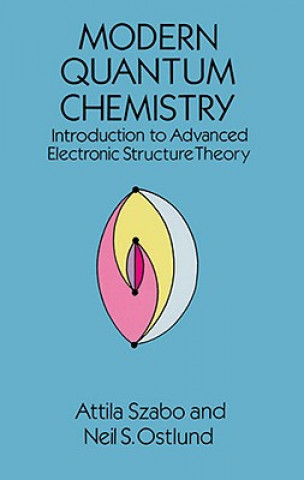
Code: 04086654
Modern Quantum Chemistry
by Neil S Ostlund
Preface to Revised edition Preface 1. Mathematical Review 1.1 Linear Algebra 1.1.1 Three-dimensional vector algebra 1.1.2 Matrices 1.1.3 Determinants 1.1.4 N-Dimensional Complex Vector spaces 1.1.5 Change o ... more
- Language:
 English
English - Binding: Paperback
- Number of pages: 480
Publisher: Dover Publications Inc., 1996
- More about this

152.30 zł
RRP: 154.70 zł
You save 2.40 zł

Low in stock
Shipping within 24 hours
Potřebujete více kusů?Máte-li zájem o více kusů, prověřte, prosím, nejprve dostupnost titulu na naši zákaznické podpoře.
Add to wishlist
You might also like
-

Berserk Deluxe Volume 12
223.89 zł -

The Subtle Art of Not Giving A F*ck
72.79 zł -14 % -

It ends with us
43.75 zł -15 % -

The Hobbit and the Lord of the Rings: Deluxe Pocket Boxed Set
244.80 zł -6 % -

One Piece (Omnibus Edition), Vol. 3
68.83 zł -12 % -

Cracking the Coding Interview
179.92 zł -

Bloodborne, 1 - 3 Boxed set
202.97 zł -6 % -

Harry Potter and the Philosopher's Stone
38.58 zł -23 % -

Elantris
52.38 zł -23 % -

The Complete Tales of H.P. Lovecraft
102.75 zł -15 % -

Morpho
135.65 zł -7 % -

Cashvertising
76.45 zł -6 % -

Harry Potter Crochet Wizardry
93.91 zł -23 % -

Heartstopper Volume 4
61.73 zł -15 % -

Chemistry for the IB Diploma Workbook with Digital Access (2 Years)
122.55 zł -

Renoir. 40th Ed.
102.95 zł -4 % -

Babel
72.49 zł -15 % -
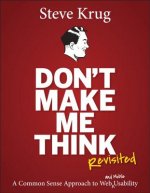
Don't Make Me Think, Revisited
183.27 zł -7 % -

The Metamorphosis and Other Stories
29.44 zł -23 % -
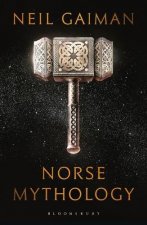
Norse Mythology
45.18 zł -27 % -

The Summer Palace and Other Stories: A Captive Prince Short Story Collection
47.61 zł
Give this book as a present today
- Order book and choose Gift Order.
- We will send you book gift voucher at once. You can give it out to anyone.
- Book will be send to donee, nothing more to care about.
More about Modern Quantum Chemistry
You get 88 loyalty points
 Book synopsis
Book synopsis
Preface to Revised edition Preface 1. Mathematical Review 1.1 Linear Algebra 1.1.1 Three-dimensional vector algebra 1.1.2 Matrices 1.1.3 Determinants 1.1.4 N-Dimensional Complex Vector spaces 1.1.5 Change of Basis 1.1.6 The Eigenvalue Problem 1.1.7 Functions of Matrices 1.2 Orthogonal functions, Eigenfunctions, and Operators 1.3 The Variation Method 1.3.1 The Variation principle 1.3.2 The Linear Variational Problem Notes, Further Reading 2. Many Electron Wave functions and operators 2.1 The Electronic Problem 2.1.1 Atomic Units 2.1.2 The Born-Oppenheimer Approximation 2.1.3 The Antisymmetry or Pauli Exclusion Principle 2.2 Orbitals, Slater Determinants, and Basis functions 2.2.1 Spin Orbitals and Spatial Orbitals 2.2.2 Hartree Products 2.2.3 Slater Determinants 2.2.4 The Hartree-Fock Approximation 2.2.5 The Minimal Basis H subscript 2 Model 2.2.6 Excited Determinants 2.2.7 Form of the Exact Wave function and Configuration Interaction 2.3 Operators and Matrix Elements 2.3.1 Minimal Basis H subscript 2 matrix Elements 2.3.2 Notations for One- and Two-Electron Integrals 2.3.3 General Rules for Matrix Elements 2.3.4 Derivation of the Rules for Matrix Elements 2.3.5 Transition from Spin Orbitals to Spatial Orbitals 2.3.6 Coulomb and Exchange Integrals 2.3.7 Pseudo-Classical interpretation of Determinantal Energies 2.4 Second Quantization 2.4.1 Creation and annihilation Operators and Their Anticommutation Relations 2.4.2 Second-Quantized Operators and Their Matrix Elements 2.5 Spin-Adapted Configurations 2.5.1 Spin Operators 2.5.2 Restricted Determinants and Spin-Adapted Configurations 2.5.3 Unrestricted Determinants Notes, Further Reading 3. The Hartree-Fock Approximation 3.1 The Hartree-Fock Equations 3.1.1 The Coulomb and Exchange Operators 3.1.2 The Fock Operator 3.2 Derivation of the Hartree-Fock Equations 3.2.1 Functional Variation 3.2.2 Minimization of the Energy of a Single Determinant 3.2.3 The Canonical Hartree-Fock Equations 3.3 Interpretation of Solutions to the Hartree-Fock Equations 3.3.1 Orbital energies and Koopmans' Theorem 3.3.2 Brillouin's Theorem 3.3.3 The Hartree-Fock Hamiltonian 3.4 Restricted Closed-Shell hartree-Fock: The Roothaan Equations 3.4.1 Closed-Shell Hartree-Fock: Restricted Spin Orbitals 3.4.2 Introduction of a Basis: The Roothaan Equations 3.4.3 The Charge Density 3.4.4 Expression for the Fock Matrix 3.4.5 Orthogonalization of the Basis 3.4.6 The SCF Procedure 3.4.7 Expectation Values and Population Analysis 3.5 Model Calculations on H subscript 2 and HeH superscript + 3.5.1 The 1s Minimal STO-3G Basis Set 3.5.2 STO-3G H subscript 2 3.5.3 An SCF Calculation on STO-3G HeH superscript + 3.6 Polyatomic Basis Sets 3.6.1 Contracted Gaussian functions 3.6.2 Minimal Basis Sets: STO-3G 3.6.3 Double Zeta Basis Sets: 4-31G 3.6.4 Polarized Basis Sets: 6-31G and 6-31G 3.7 Some Illustrative Closed-Shell Calculations 3.7.1 Total Energies 3.7.2 Ionization Potentials 3.7.3 Equilibrium Geometries 3.7.4 Population Analysis and Dipole Moments 3.8 Unrestricted Open-Shell Hartree-Fock: The Pople-Nesbet Equations 3.8.1 Open-Shell Hartree-Fock: Unrestricted Spin Orbitals 3.8.2 Introduction of a Basis: The Pople-Nesbet Equations 3.8.3 Unrestricted Density Matrices 3.8.4 Expression for the Fock Matrices 3.8.5 Solution of the Unrestricted SCF Equations 3.8.6 Illustrative Unrestricted Calculations 3.8.7 The Dissociation Problem and its Unrestricted Solution Notes, Further Reading 4. Configuration Interaction 4.1 Multiconfigurational Wave Functions and the Structure of the Full CI Matrix 4.1.1 Intermediate Normalization and an Expression for the Correlation Energy 4.2 Doubly Excited CI 4.3 Some Illustrative Calculations 4.4 Natural Orbitals and the One-Particle Reduced Density Matrix 4.5 The Multiconfiguration Self-Consistent Field (MCSCF) and Generalized Valence Bond (GVB) Methods 4.6 Truncated CI and the Size-Consistency Problem Notes, Further Reading 5. Pair and Coupled-Pair Theories 5.1 The Independent Electron Pair Approximation (IEPA) 5.1.1 Invariance under Unitary Transformations: an example 5.1.2 Some Illustrative Calculations 5.2 Coupled-Pair Theories 5.2.1 The Coupled Cluster Approximation (CCA) 5.2.2 The Cluster Expansion of the Wave Function 5.2.3 Linear CCA and the Coupled Electron Pair Approximation (CEPA) 5.2.4 Some Illustrative Calculations 5.3 Many-Electron Theories with Single Particle Hamiltonians 5.3.1 The Relaxation Energy via CI, IEPA, CCA, and CEPA 5.3.2 The Resonance Energy of Polyenes in Hückel Theory Notes, Further Reading 6. Many-Body Perturbation Theory 6.1 Rayleigh-Schrödinger (RS) Perturbation Theory 6.2 Diagrammatic Representation of RS Perturbation Theory 6.2.1 Diagrammatic Perturbation Theory for 2 States 6.2.2 Diagrammatic Perturbation Theory for N States 6.2.3 Summation of Diagrams 6.3 Orbital Perturbation Theory: One-Particle Perturbations 6.4 Diagrammatic Representation of Orbital Perturbation Theory 6.5 Perturbation Expansion of the Correlation Energy 6.6 The N-Dependence of the RS Perturbation Expansion 6.7 Diagrammatic Representation of the Perturbation Expansion of the Correlation Energy 6.7.1 Hugenholtz Diagrams 6.7.2 Goldstone Diagrams 6.7.3 Summation of Diagrams 6.7.4 What Is the Linked Cluster Theorem? 6.8 Some Illustrative Calculations Notes, Further Reading 7. The One-particle Many-Body Green's Function 7.1 Green's Functions in single Particle Systems 7.2 The One-Particle Many-Body Green's Function 7.2.1 The Self-Energy 7.2.2 The solution of the Dyson Equation 7.3 Application of the formalism to H subscript 2 and HeH superscript + 7.4 Perturbation Theory and the Green's Function Method 7.5 Some Illustrative Calculations Notes, Further Reading Appendix A. Integral Evaluation with 1s Primitive Gaussians Appendix B. Two-Electron Self-Consistent-Field Program Appendix C. Analytic Derivative methods and Geometry Optimization Appendix D. Molecular Integrals for H subscript 2 as a Function of Bond Length Index
 Book details
Book details
Book category Books in English Mathematics & science Chemistry Physical chemistry
152.30 zł
- Full title: Modern Quantum Chemistry
- Author: Neil S Ostlund
- Language:
 English
English - Binding: Paperback
- Number of pages: 480
- EAN: 9780486691862
- ISBN: 0486691861
- ID: 04086654
- Publisher: Dover Publications Inc.
- Weight: 584 g
- Dimensions: 213 × 142 × 25 mm
- Date of publishing: 01. January 1996
Trending among others
-

Molymod MMS-072
123.56 zł -

Schaum's Outline of Physical Chemistry
174.74 zł -2 % -

Schaum's Outline of Thermodynamics with Chemical Application
137.58 zł -3 % -

Principles and Problems in Physical Chemistry for Biochemists
352.94 zł -
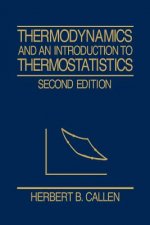
Thermodynamics and an Introduction to Thermostatistics 2e (WSE)
1309.55 zł -
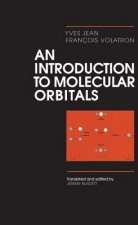
Introduction to Molecular Orbitals
942.59 zł -
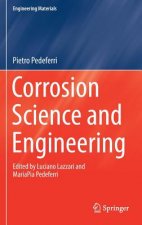
Corrosion Science and Engineering
676.04 zł -
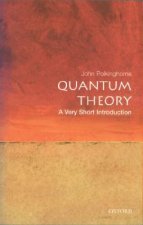
Quantum Theory: A Very Short Introduction
43.25 zł -23 % -

Catalysis - An Integrated Textbook for Students
375.49 zł -15 % -
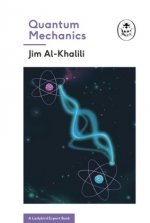
Quantum Mechanics (A Ladybird Expert Book)
38.58 zł -23 % -
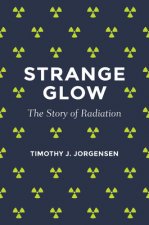
Strange Glow
89.14 zł -7 % -

Elements of Physical Chemistry
302.27 zł -

Molecular Driving Forces
815.05 zł -

Student Solutions Manual to Accompany Atkins' Physical Chemistry 11th Edition
403.20 zł -

Electrochemistry
380.46 zł -15 % -
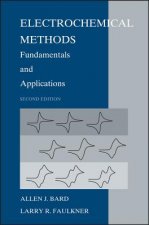
Electrochemical Methods
1502.68 zł -

History and Science of the Manhattan Project
522.01 zł -
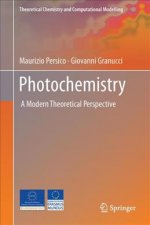
Photochemistry
417.32 zł -8 % -

Introduction to Molecular Symmetry
166.62 zł -

Solutions Manual to accompany Elements of Physical Chemistry 7e
234.24 zł -
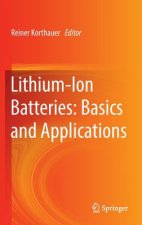
Lithium-Ion Batteries: Basics and Applications
932.84 zł -
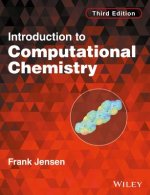
Introduction to Computational Chemistry, 3e
428.08 zł -3 % -
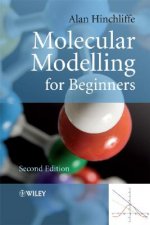
Molecular Modelling for Beginners 2e
432.45 zł -

Electrochemistry
250.89 zł -
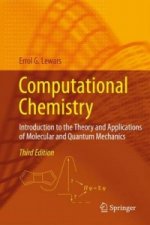
Computational Chemistry
629.34 zł -

Perfumes
470.63 zł -

Chemical Formulation
178.60 zł -

Physical Chemistry
787.13 zł -
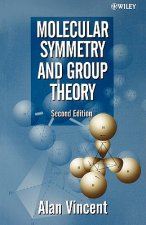
Molecular Symmetry & Group Theory - A Programmed Introduction to Chemical Applications 2e
194.44 zł -3 % -
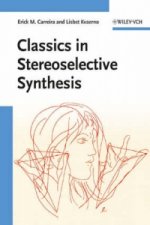
Classics in Stereoselective Synthesis
375.49 zł -15 % -
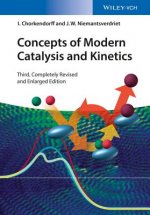
Concepts of Modern Catalysis and Kinetics 3e
421.48 zł -15 % -

Electrochemistry in Ionic Liquids
569.12 zł -

Stereochemistry
114.93 zł -
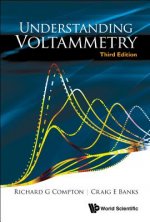
Understanding Voltammetry (Third Edition)
362.49 zł -

History and Science of the Manhattan Project
219.93 zł -

Understanding Advanced Chemistry Through Problem Solving: The Learner's Approach - Volume 2
153.62 zł -
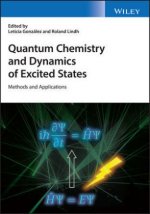
Quantum Chemistry and Dynamics of Excited States - Methods and Applications
1421.04 zł -

Interfacial Electrochemistry
388.48 zł -

Deactivation And Regeneration Of Zeolite Catalysts
511.45 zł -

Understanding Advanced Chemistry Through Problem Solving: The Learner's Approach - Volume 1
137.88 zł -
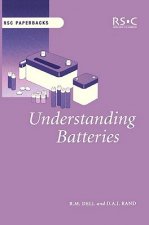
Understanding Batteries
207.94 zł -

Stereochemistry - Workbook
239.52 zł -
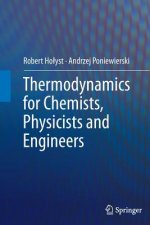
Thermodynamics for Chemists, Physicists and Engineers
342.08 zł -
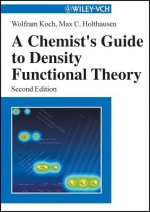
Chemist's Guide to Density Functional Theory 2e
421.48 zł -15 % -
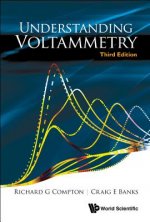
Understanding Voltammetry (Third Edition)
686.81 zł -
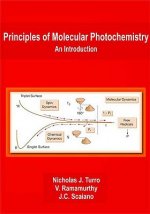
Principles of Molecular Photochemistry: An Introduction
687.11 zł -

Electroanalytical Chemistry
845.11 zł -
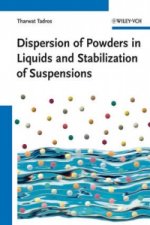
Dispersion of Powders - in Liquids and Stabilization of Suspensions
794.74 zł -15 % -

Solid State Electrochemistry
1736.43 zł -2 %
safisfied customers
Since 2008, we have served long line of book lovers, but each of them was always on the first place.
Copyright! ©2008-24 libristo.pl All rights reservedPrivacyPoučení o cookies


 21 million books
21 million books Delivery 12.99 zł
Delivery 12.99 zł (32) 444 93 66 (8-15.30h)
(32) 444 93 66 (8-15.30h)